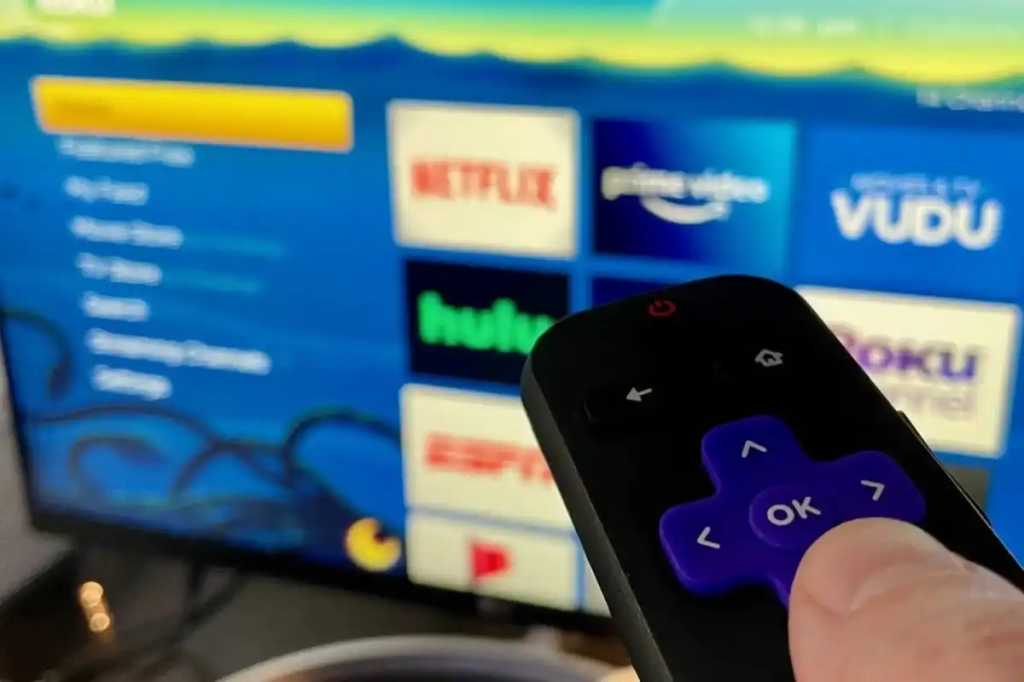You know those ads on the home screen of your Roku device? You may soon be seeing more of them.
A Roku ad executive let slip at CES last week that the streaming manufacturer wants to cram even more advertisements onto the Roku home screen.
Speaking with AdExchanger in Las Vegas, Roku VP Kristina Shepard said the streamer is eying “immersive [advertisements] in more parts of the home screen,” complete with interactive elements.
Those home screen ads will allow Roku advertisers to reach viewers who might otherwise disappear into ad-free streaming channels, such as the premium “no ads” tiers of Netflix, Max, and Disney+, AdExchanger reports.
Besides offering the new “immersive” ad formats, Roku is aiming to boost the number of eyeballs on its home screen, and one way of doing that is by selling more Roku devices, such as the new Pro Series TVs that Roku unveiled at CES, as AdExchanger notes.
We’ve reached out to Roku for comment.
Roku isn’t alone in trying to cram more ads into its on-screen interface. Amazon, Vizio, and other manufacturers of affordably priced TVs and streaming sticks are also notorious for slipping ads into their home screens, carousels, and search results.
There’s already an ad unit on the Roku home screen, bur more “immersive” home-screen ads could be coming soon.
Ben Patterson/Foundry
Amazon, for example, is slated to begin sticking ads for earbuds, apparel, and other physical products into its top feature carousel, while Vizio has tested pop-up ads that appear during live TV shows.
Roku, Amazon, and Vizio use that ad revenue (buttressed by the cash they make from selling data about user viewing habits) to subsidize the cost of their budget-priced TVs and streaming hardware.
Put another way, it’s the ads that make Roku, Vizio, and Amazon Fire TV streaming boxes and televisions so cheap—and indeed, free TV startup Telly took the idea to an extreme by giving away smart TVs that display ads on a secondary screen.
For its part, Roku has been getting more and more creative with ad opportunities on its interface.
Last summer, Roku tried its first “branded takeover” for Roku City, the streamer’s dynamic and iconic screensaver, and it’s also dabbled in full-screen “showroom” ads that let users click and scroll for a closer look at a product.

